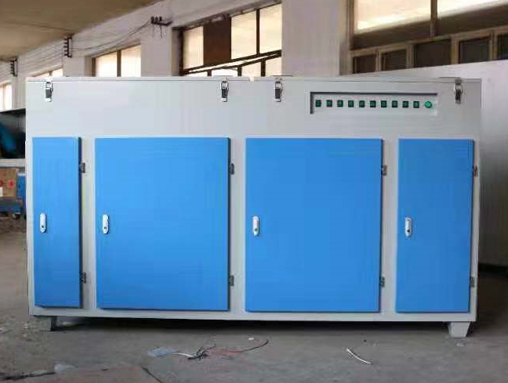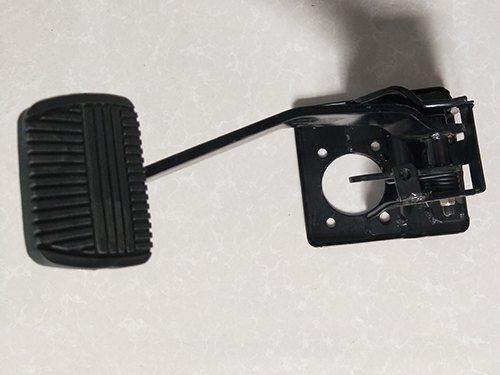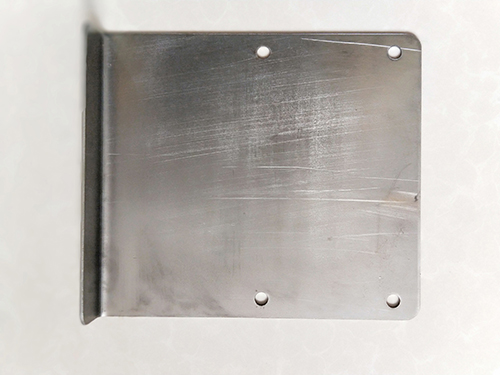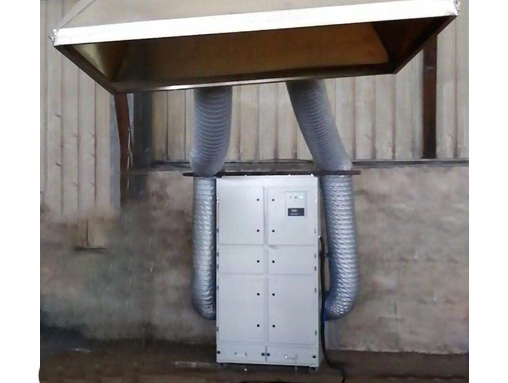Analysis of formability and processing methods for stamping parts
Nowadays, countries around the world regard the automotive industry as one of the pillar industries of their national economy. An important indicator of the development level of automobiles, especially sedans, is the autonomy and design ability of new vehicle models. Automotive panels, along with the engine and chassis, constitute the main components of a car. Their design level and manufacturing quality are one of the main factors determining the market competitiveness and lifespan of automotive products. During the entire cycle from research to production of new car body models, the mold design, manufacturing, and debugging of automotive panels take a long time and require a large investment, which has become an extremely important factor restricting the production of new car models. The use of computer simulation stamping forming analysis technology can optimize the mold structure design through parameter simulation before manufacturing the mold, thereby improving the mold quality and product qualification rate to a certain extent, shortening the mold debugging cycle, and significantly shortening the new vehicle model cycle, reducing the overall vehicle cost, and enhancing the market competitiveness of the product.
In automobile body manufacturing, about 70% of components are processed by stamping forming method, and stamping parts are used; The design and manufacturing of molds directly affect the quality and cost of products. Currently, the competition in the automotive industry among countries around the world is becoming increasingly fierce, and the requirements for the aesthetic level of vehicle models are becoming higher and higher, which inevitably puts forward requirements for the forming technology of automotive panels. However, the covering parts have larger dimensions, complex shapes, and are mostly free-form surfaces in space. The forming process involves geometric nonlinearity, material nonlinearity, boundary nonlinearity, and complex contact friction issues. In the stamping process, the forming quality of the parts has requirements for many factors such as the formability of the raw materials, the geometric shape and positioning of the billet, the stamping direction, the form and layout of the drawing ribs, the friction lubrication conditions, and the magnitude of the edge pressure. If the processing is improper or the mold design is unreasonable, it is easy to cause the formed parts to crack, wrinkle or other defects. To avoid such forming defects, it is usually necessary to modify the forming process, process parameters, and even modify the mold structure. Traditional stamping technology overly relies on experience. In the production process, whether it is the design and manufacturing of the cover mold, the determination of the shape and size of the billet, or the planning of the stamping process, it is a trial and error method of debugging, repairing, and testing again. Not only is the mold cycle long and the cost high, but the product quality is also not easy. With the development of the global automotive industry, the precision requirements for stamped parts are becoming increasingly high, and the product replacement cycle is becoming shorter. Traditional design methods are no longer suitable for the development requirements of modern automotive industry.
Due to the fundamental, cutting-edge, strategic, and confidential nature of CAE technology for formability analysis of stamped parts, it is impossible to obtain the technology with the purchase and introduction of hardware equipment and software products. Some automobile manufacturing powerhouses attach great importance to their own CAE technology and have widely adopted this technology in vehicle modification and mold manufacturing. In the past two decades, with the development of computer technology, significant progress has been made in the numerical research of sheet metal stamping forming technology. The numerical simulation method based on finite element method has been combined with CAD/CAM system to form an integrated CAD/CAE/CAM system for mold design, analysis and processing, which can shorten the design and debugging cycle of molds, reduce mold processing costs, improve product quality and market competitiveness.
At present, although many automobile manufacturers in China have adopted mold CAD/CAM technology, which has improved the design and manufacturing quality of molds to a certain extent, there are still serious shortcomings in the application of CAE technology. Before actual mold manufacturing and trial production, it is impossible to inspect the rationality of the mold and predict the forming process in advance. Problems in debugging and repairing the mold should be solved before mold manufacturing. Especially in the research and prediction of springback and compensation during the stamping process of large automotive panels, it is still in its early stages. In the 2008 financial crisis, the US automobile market was sluggish, and China had a strong trend of replacing the United States as the world's largest automobile consumer. This posed both challenges and opportunities for China's automobile industry. In order to enhance the autonomy and manufacturing capability of China's automobile manufacturing industry, protect national industry, improve the quality of domestic automobile products, reduce production costs, and enhance competitiveness, the use of computer CAE technology for simulation analysis of automobile panel stamping and springback, and the study of methods to optimize process parameters, has extremely important academic value and economic significance.







